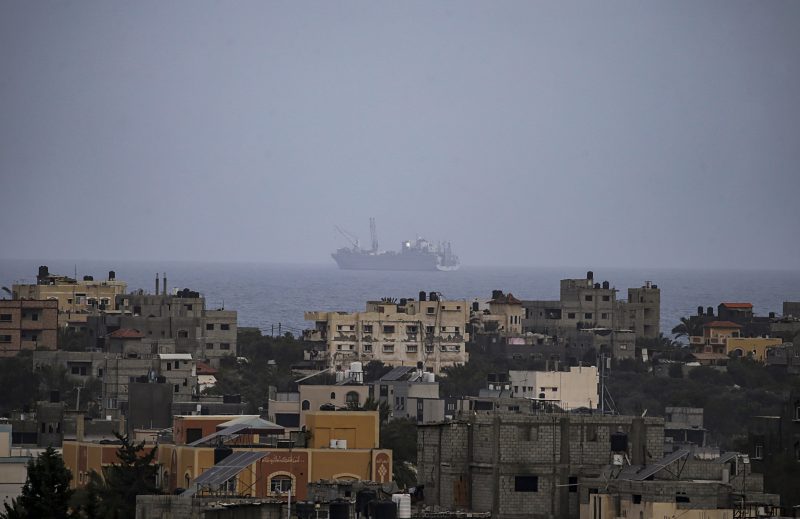The recent developments regarding the anchoring of a Gaza pier by the Pentagon have raised questions about the efficacy of aid distribution in the region. While the Pentagon claims that the pier is now anchored, doubts have been cast by the United Nations on the actual distribution process. This disparity between the two organizations sheds light on the complexities of providing humanitarian aid in conflict-ridden areas like Gaza.
The Pentagon’s announcement regarding the successful anchoring of the Gaza pier is undoubtedly a significant step towards ensuring the smooth flow of humanitarian aid to the region. The establishment of a stable pier can facilitate the unloading of crucial supplies such as food, medical aid, and other necessities that are essential for the well-being of the inhabitants of Gaza. This development could potentially alleviate the suffering of many individuals who have been deeply affected by the ongoing conflict in the region.
However, the skepticism expressed by the United Nations regarding the distribution process highlights the multifaceted challenges involved in delivering aid effectively in conflict zones. The United Nations, being a key player in humanitarian efforts worldwide, has a comprehensive understanding of the logistical and operational hurdles that often impede the successful delivery of aid to those in need. Their concerns suggest that the mere establishment of a pier may not be sufficient to ensure the efficient distribution of aid to the intended recipients.
It is essential for both the Pentagon and the United Nations to work in close collaboration to address any existing gaps in the aid distribution process. Effective coordination between these two organizations can help streamline the flow of aid and enhance the transparency and accountability of the distribution efforts. By leveraging their respective expertise and resources, they can overcome the challenges associated with providing humanitarian aid in conflict-affected regions like Gaza.
Moreover, the involvement of other humanitarian organizations, local authorities, and community leaders is crucial in establishing a cohesive and sustainable aid distribution system in Gaza. By fostering partnerships and building trust with various stakeholders, the effectiveness and reach of aid efforts can be significantly enhanced. Ensuring the active participation and engagement of local communities in the distribution process can also help tailor aid interventions to the specific needs and priorities of the affected population.
In conclusion, while the anchoring of the Gaza pier by the Pentagon represents a positive development in the provision of humanitarian aid, it is essential to address the concerns raised by the United Nations regarding the distribution process. Collaboration, coordination, and community engagement are key components in overcoming the challenges associated with delivering aid in conflict zones. By working together and leveraging their collective expertise, organizations can enhance the impact of their aid efforts and contribute to the well-being and resilience of communities in need.

